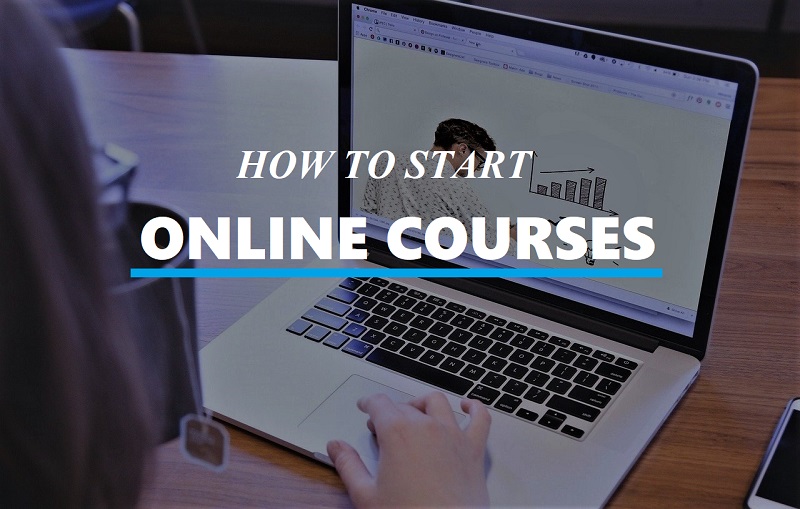
More people are searching for new forms of high-quality information to explore online these days, particularly when it comes to learning new skills. Creating and selling an online course is one method to meet this expanding need while also making cash.
By sharing your knowledge and skills through an online course, you can establish yourself as an expert in your area, build a community of like-minded people around your company, and increase your reach – all from the comfort of your own home.
If you are willing to walk this road, there is the checklist to make sure you did every step, and not forget about anything:
1. Determine the Audience and their Needs
Before you start preparing the materials, figure out who your audience is and how much interest there is in the topic. Inquire of a group of friends, as well as your current audience, what they think of the topic you’ve chosen. Put it to the test by distributing polls or online for your audience to complete.
You might start by creating a brief tutorial and tracking its performance. Then, ask your audience if they’d like to see more of this type of content on social media or via email marketing campaigns, as a follow-up to the instructional.
At this stage, you need to work with the social networks, first and foremost, search for the communities or even ask for help if needed.
2. Prepare the Lesson Materials and/or Teachers
Whether you’re already an expert in your industry or want to learn everything there is to know about it, now is the time to dig in and study everything there is to know about it. Find a number of diverse materials on the issue, from literature to competitor classes and webinars, to go the extra mile.
After that, it’s time to start planning your online course’s curriculum. Make a list of the various lessons you intend to teach online on a piece of paper. Break down each lesson into the primary subjects you wish to discuss. To promote a seamless and frictionless learning experience, follow a logical order and attempt to make your ideas flow effortlessly from one to the next.
Remember that teaching is about taking your audience step by step through an idea.
Define a purpose for each of your lessons in your course plan to make this apparent.
3. Marketing
Cruel as it seems, you can’t give value or make money without investments. Marketing looks like a waste of fundings, but in reality, it is what determines success.
After you’ve put a lot of creative work and effort into preparing an online course, and now it’s time to promote it and encourage others to sign up for it. You can use both free and paid marketing methods to promote your online course.
4. Go Online
When you’ve finished creating your course content, it’s time to put it all together on a platform.
Create a new website just for this purpose if you don’t have one. Creating a new quality site is night impossible for a newbie, but BestWebSoft can help you with that. Our company is ready to take your requests and create your ideal image of it. We can also help you with maintenance and all the associated work, from choosing the platform and hosting to making sure it stays healthy and relevant.

